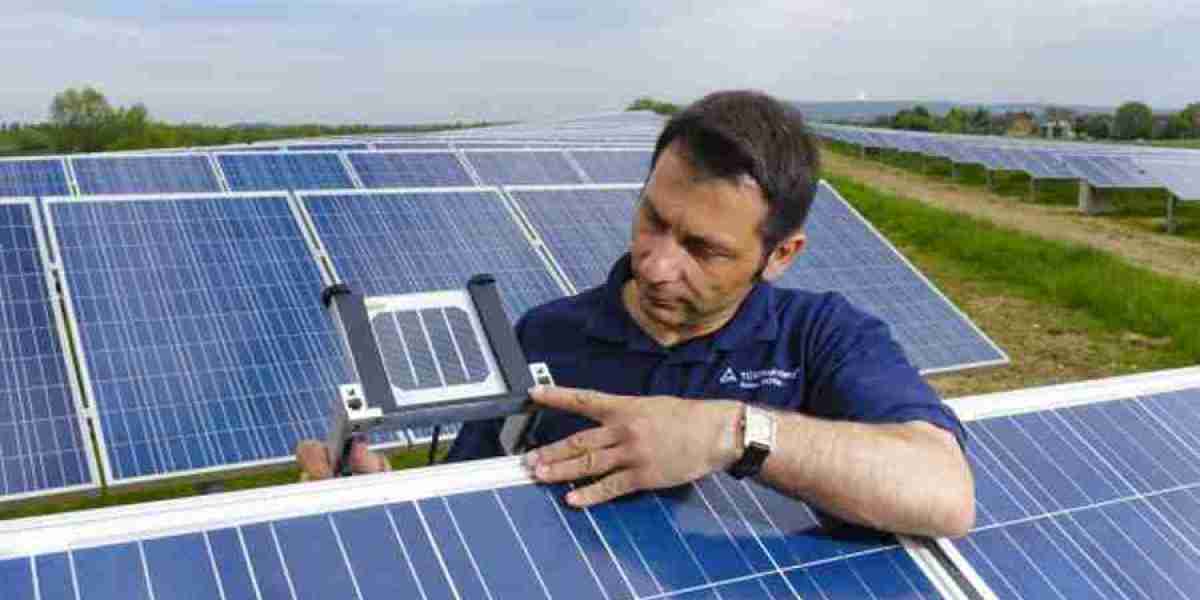In recent years, the photovoltaic (PV) solar market has witnessed remarkable growth, emerging as a key player in the global shift toward renewable energy. As concerns about climate change, energy security, and sustainability intensify, solar power has become a viable and increasingly cost-effective solution. With continuous technological advancements, favorable policies, and growing consumer demand, the PV solar market’s potential seems brighter than ever.
1. The Global Surge in Solar Adoption
The global solar market is experiencing unprecedented expansion. According to the International Energy Agency (IEA), solar photovoltaic capacity grew by over 20% annually in the past decade. In 2023 alone, the world added more than 300 gigawatts (GW) of solar capacity, a figure expected to rise further in the coming years.
The primary drivers behind this growth are the declining costs of solar panels, improved efficiency, and increased investments in large-scale solar farms. In many regions, solar power has become cheaper than fossil fuels, making it an attractive option for both governments and private entities seeking affordable and sustainable energy solutions.
2. Technological Advancements Fueling Market Potential
The evolution of PV technology is making solar power more efficient and accessible. Traditional silicon-based panels have become more cost-effective due to mass production and improved manufacturing techniques. However, the future of solar lies in emerging technologies such as:
Perovskite Solar Cells: Known for their higher efficiency potential and lower production costs, perovskite cells are gaining attention in the industry. They could eventually outperform conventional silicon panels, driving down costs further.
Bifacial Panels: These panels capture sunlight from both sides, boosting energy generation by 10-20% compared to traditional models.
Floating Solar Farms: Particularly relevant in regions with limited land availability, floating solar farms utilize water bodies, reducing land competition and evaporation while generating clean energy.
Solar Storage Integration: Advancements in battery technology are addressing solar power’s intermittent nature. Lithium-ion batteries, alongside newer solutions like sodium-ion and solid-state batteries, are enabling better energy storage, ensuring round-the-clock power supply.
3. Market Trends and Projections
The PV solar market is projected to grow exponentially in the coming years. According to industry analysts, the global solar power capacity could surpass 5,000 GW by 2030, making it the fastest-growing renewable energy source.
Key regions leading this growth include:
China: The world's largest solar market, accounting for nearly 40% of the global capacity. With aggressive solar expansion plans and domestic manufacturing capabilities, China is expected to maintain its leadership.
United States: With government incentives, tax credits, and state-level renewable energy mandates, the U.S. solar market is rapidly expanding. Residential rooftop installations and large-scale solar farms are driving this growth.
Europe: Countries like Germany, Spain, and the Netherlands are witnessing significant solar capacity additions due to favorable policies and net-zero targets.
Emerging Markets: India, Brazil, and Southeast Asian nations are also ramping up their solar capacity. With falling costs and government support, these markets offer immense potential for solar expansion.
4. Policy and Regulatory Support
Supportive government policies play a crucial role in the solar market’s growth. Many countries are implementing incentives such as:
Feed-in Tariffs (FiTs): These guarantee a fixed payment for solar power fed into the grid, encouraging residential and commercial adoption.
Tax Credits and Subsidies: Governments are offering tax rebates and subsidies for installing solar systems, making them more affordable for consumers.
Net Metering: This policy allows solar system owners to sell excess power back to the grid, enhancing the financial appeal of solar investments.
Renewable Portfolio Standards (RPS): Mandates requiring utilities to source a certain percentage of their electricity from renewables are further boosting solar adoption.
5. Challenges and Barriers
Despite its immense potential, the PV solar market faces certain challenges:
Intermittency Issues: Solar power generation is weather-dependent, making it inconsistent. However, improved storage solutions are helping mitigate this challenge.
Land and Resource Constraints: Large solar farms require significant land, which can be a challenge in densely populated areas.
Supply Chain Concerns: The market's heavy reliance on China for solar panel production makes it vulnerable to supply chain disruptions and trade tensions.
Grid Integration: As solar capacity grows, ensuring seamless integration with existing power grids becomes crucial. Upgrading and modernizing grids will be essential for large-scale solar deployment.
6. Investment Opportunities
The booming PV solar market offers lucrative investment opportunities. Both established players and new entrants are eyeing the sector for potential returns.
Utility-Scale Projects: Large-scale solar farms backed by power purchase agreements (PPAs) are attracting significant investment from energy companies and institutional investors.
Residential and Commercial Solar: With decreasing installation costs, more homeowners and businesses are investing in solar, driving demand for rooftop solutions.
Energy Storage and Smart Grids: Investment in energy storage and smart grid technologies will complement solar growth by enhancing reliability and efficiency.
7. The Road Ahead
The future of the PV solar market appears promising, with technological advancements, policy support, and growing public awareness fueling its expansion. As solar technology continues to improve and costs decline, it will become an increasingly dominant player in the global energy landscape.
Governments, businesses, and individuals must continue to support and invest in solar power to fully unlock its potential. With the right mix of innovation, policy incentives, and sustainable practices, solar energy will play a pivotal role in reducing carbon emissions and building a greener, more sustainable future.
Conclusion
The PV solar market is more than just a renewable energy solution—it is a cornerstone of the global energy transition. With rapid technological advancements, favorable policies, and increasing investments, its potential is vast and growing. As solar energy becomes more affordable and accessible, it will play a central role in shaping the future of global energy systems, driving sustainability, and reducing dependence on fossil fuels.



![Valorant - Guide du Débutant [Astuce & Conseils]](https://pungi.b-cdn.net/upload/photos/2025/01/unyGwy1ajEm35V9W1TTA_18_21ea79f14248d21816f7778077673664_image.png)
